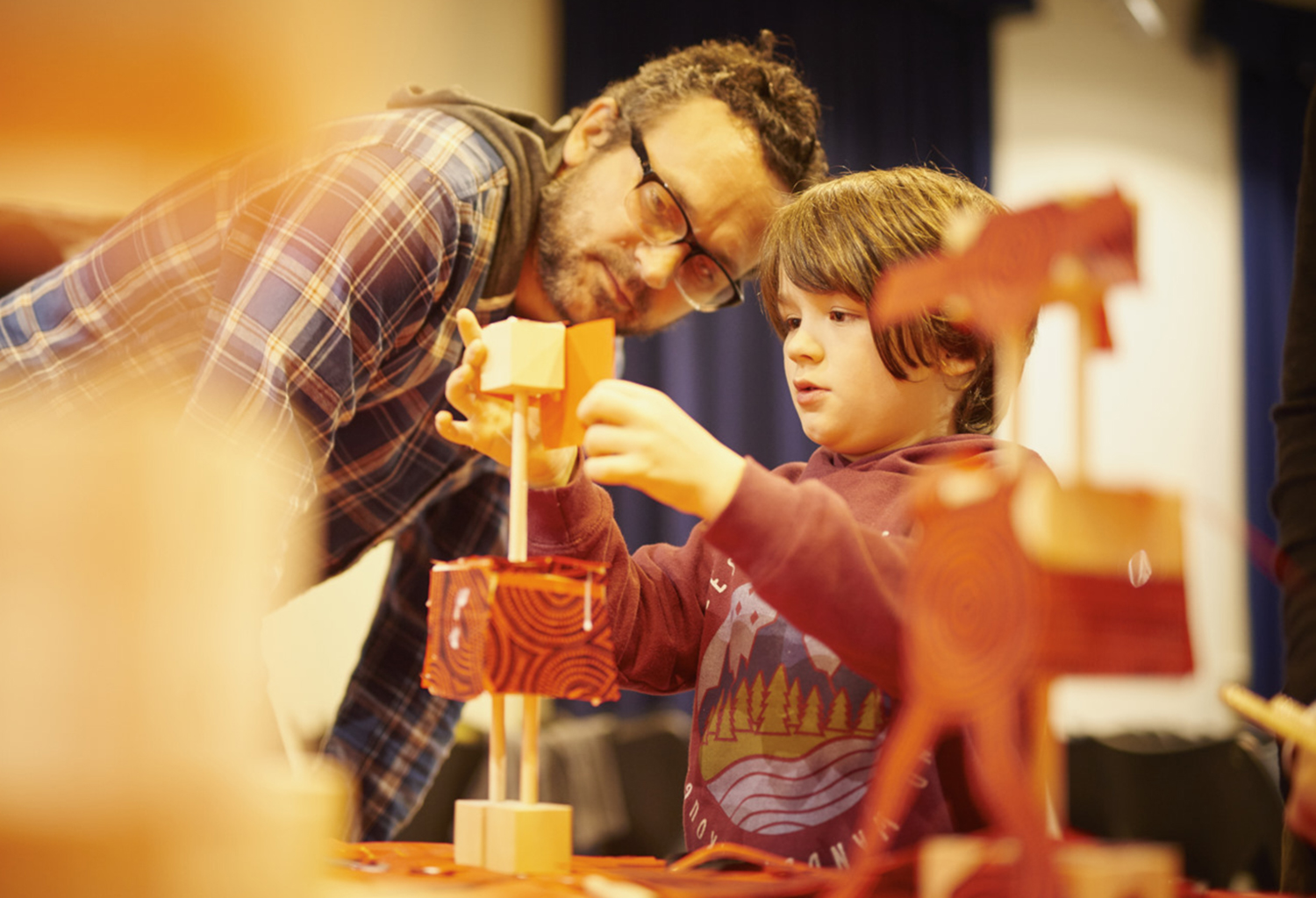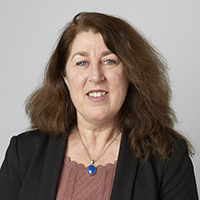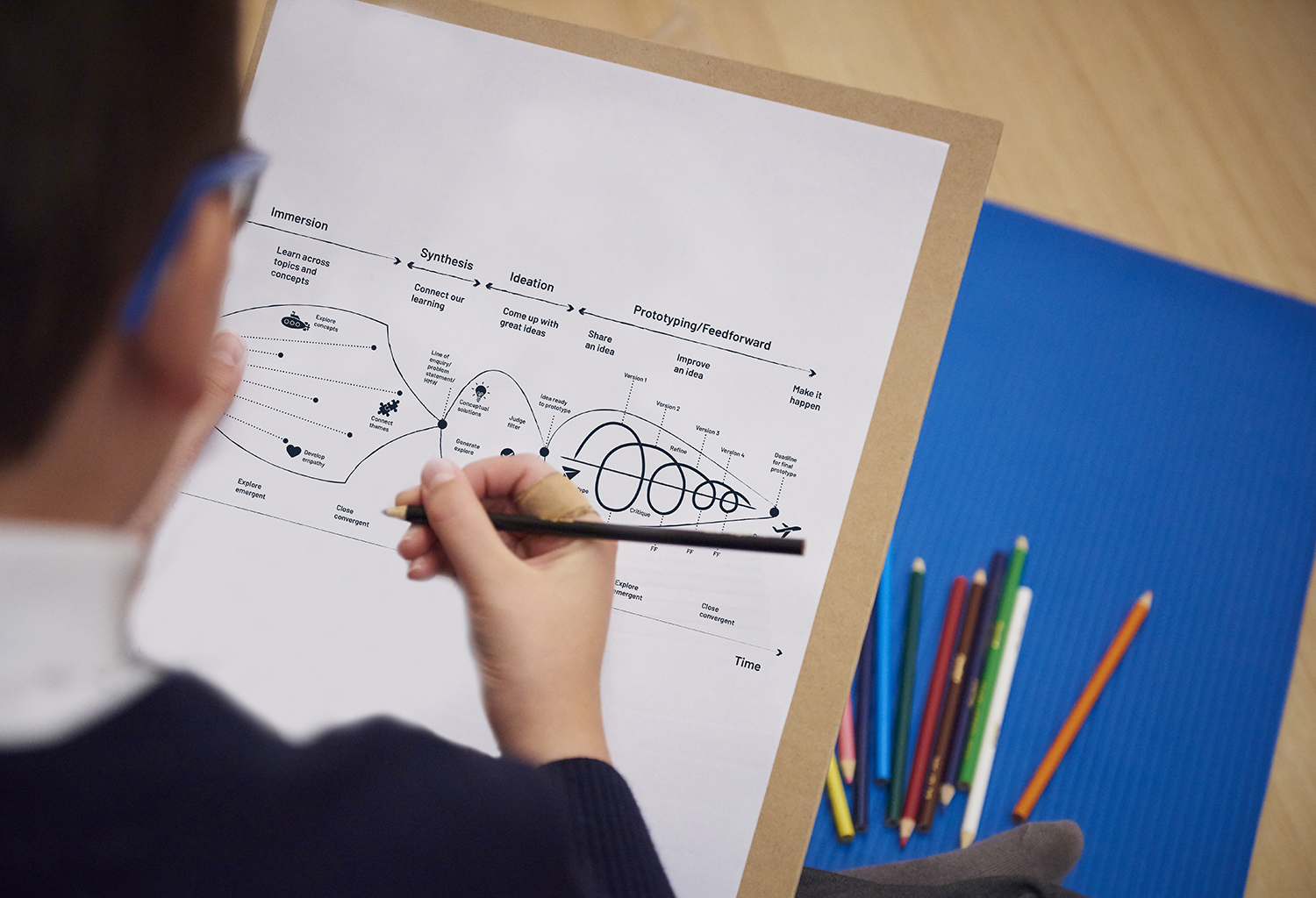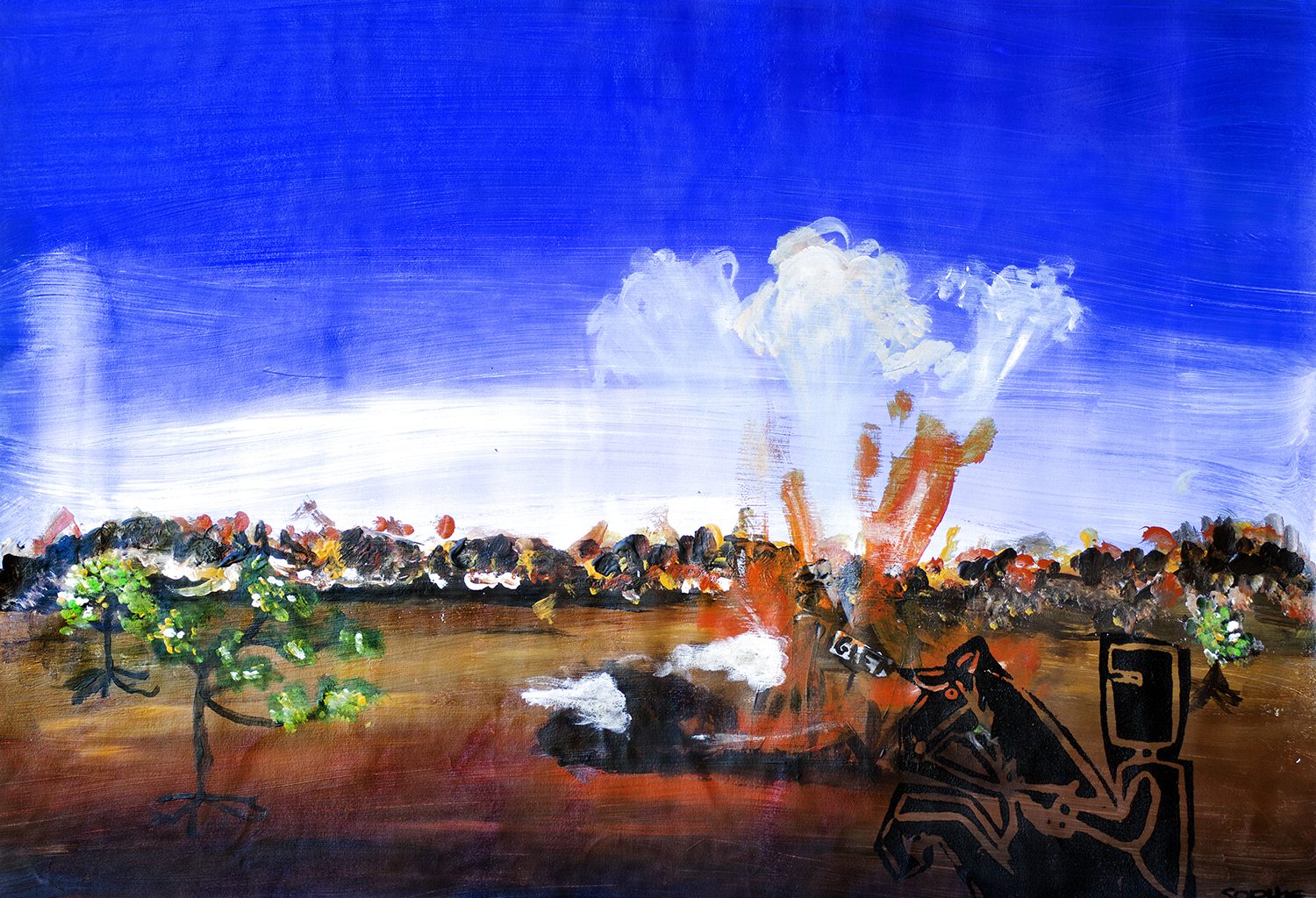Arts as civic commons: amplifying the power of arts

6 min read
Contemporary art is turbo charged to explore the complex and challenging issues of our time. Anne Smith reflects on arts education, civic engagement and the launch of Arts as Civic Commons (ArtC).
Contemporary art is a turbo charged arena for thought, dialogue and action to explore the complex and challenging issues of our time that occupy the civic domain. It is often created from non-traditional art materials by practitioners with varying fields of experience and displayed in sometimes unexpected ways to bring diverse perspectives to the conversations that shape our shared experience.
These convergent factors provide contemporary art with a pre-eminent position as a driver for critical thinking, public opinion and activism that can enable the positive transformation of our global culture, economy and community.
In education, engagement with contemporary art can provide a set of highly transferrable skills to build empathy, a proficiency with communication and a spirit of inquiry, to empower students and their communities as they seek to construct a more positive world view.
The Arts as Civic Commons (ArtC) research project – a collaboration between Project Zero and Independent Schools Victoria – is focussed on building the capacity of young people for civic participation, crafted through activities with contemporary art. It aims to “amplify the power of arts experience to provoke inquiry into the forces that shape civic life”. It also aims to future proof the skills required by young people as they prepare for roles that they are yet to envisage.
A framework for civic engagement
Creating outcomes for this project has involved many collaborators who have examined conceptual approaches and how to design tools and resources to benefit students from upper primary to adult levels.
Developing a civically anchored framework creates foundations for engagement with the current issues and building a future focussed outlook.
This framework is articulated through the civic dimensions of:
- Identities
- Systems
- Visions.
The project team’s exploration of the intersection of positive civic engagement and contemporary arts catalysed the creation of new materials and resources for schools. These included Thinking Routines, which offer teachers a flexible structure to guide dialogue that can be used with content from any learning area, and the more extended version of this known as the Thinking Arc. The materials and resources have been designed for use with a wide range of student age ranges across disciplines, in classrooms and in gallery education programs.
Centralising contemporary art as the focus for these conversations enabled students to connect their personal viewpoints to the broader social dimension, to reflect on differences and envision the future. The project involved several elements, including engagement with museums and galleries, pilot programs in schools, and a process called Thinking Through Making.
“Centralising contemporary art as the focus for these conversations enabled students to connect their personal viewpoints to the broader social dimension, to reflect on differences and envision the future.”
Activating the museum and gallery sectors
With the domination of the art world by contemporary art and the growth of education-focussed programming in the cultural sector, galleries and museums have become generators of content by using their collections to support learning across the curriculum. To gather some initial impressions of what was happening in the field, we had conversations with the Australian Centre for Contemporary Art (ACCA), Buxton Contemporary, the National Gallery of Victoria and the Incinerator Gallery, to get a sense of how students were already engaging with contemporary art.
The project team worked in these galleries during exhibitions to expand thinking and trial ideas for the resources and tools that would be developed. We found that the selected contemporary artworks provided a rich and limitless context for exploring themes that had the potential to connect the personal viewpoints of students to the broader civic experience.
By structuring conversations using Thinking Routines and Thinking Arcs, these dialogues were usually grounded in observations of key physical features of the work and then moved through a range of reflections to take the expansive position of broader societal perspectives and a more empathic approach to the issues being discussed.
ACCA took on the role of piloting one of our new Thinking Routines with students to test how the interactions with each thinking prompt would play out, and this process yielded some wonderful feedback. All our gallery and museum connections were generous collaborators and we thank them for their contributions.
Engagement with schools: pilot testing in classrooms
This phase of the project yielded further lessons as we watched the implementation of the Thinking Routines in classrooms and listened to teachers’ feedback and ideas. One school with a well-established program in creative education was interested in the capacity of ArtC to provide transferable capabilities for their students and the construction of a more globalised literacy. The school found engagement with the Thinking Routines effective in structuring ideas and observations in the inquiry-based activities they undertook with students.
It was a revelation to visit another school and watch the new Thinking Routines in action in a Year 9 classroom. The teacher had chosen ‘The Journey to Australia’ by Guan Wei as the focus for this discussion. The artwork immediately helped students frame meaning and after some initial observations and careful listening to the responses of their peers, the students explored issues such as immigration, refugees, border protection, justice, national identity, wellbeing, personal safety and geographical boundaries. The teacher had also created a template for students to capture any new vocabulary that came up during the conversation, so the Thinking Routine also became an activity providing valuable support for literacy.
The next phase of our pilot was undertaken by two schools that undertook this work in 2020 during remote learning and were able to structure thoughtful and connected discussions via Zoom. These interactions also saw the Thinking Routines tested in non-arts classes with English and personal development teachers implementing this approach, leading to great levels of engagement and deep discussions. The Arts as Civic Commons project had always centralised the idea of being cross-curricular, so it was satisfying to see how this was able to take shape through the generosity of educators who trialled the work during such a challenging time.
“Arts as Civic Commons provides schools, teachers and their students with a point of connection where real-world issues – as explored through contemporary art – can provide learning opportunities in the safe environment of the school community.”
Thinking through making
The final element of the pilot phase of the project focussed on trialling a more practical approach to exploring ideas, by getting students to create a representation of their thoughts using household materials to create an artefact of their ideas based on a current issue or challenge. This approach of ‘making’ is included in several of the Thinking Routines and the trialling again took place during the 2020 lockdown, which proved challenging to implement via remote instruction. However, some works were made that explored the themes of climate change, waste management, recycling and, of course, the pandemic itself.
These thought artefacts represented another mode of engagement that teachers and students could adopt to further explore their thinking about the issues that concerned them and how they could start to imagine solutions for a better future.
Ultimately, ArtC provides schools, teachers and their students with a point of connection where real-world issues – as explored through contemporary art – can provide learning opportunities in the safe environment of the school community. Using contemporary art as stimulus for thinking and dialogue, students can test assumptions and break stereotypes to build empathy and capacity to move forward to embrace their own futures, with a tool kit that provides options for dealing with the uncertainty they will inevitably confront.
We look forward to sharing the outcomes of ArtC with all our Member Schools and education partners now it has been officially launched. The handbook produced by the project team includes the new Thinking Routines and Thinking Arcs, supported by a range of video resources, an image bank of artworks and links to other materials. We hope that the handbook will offer a wide range of opportunities for use in a variety of learning contexts, enabling students to thrive through productive and harmonious civic participation as they create the communities of the future.
Anne Smith is the ISV Arts Learning Executive.



